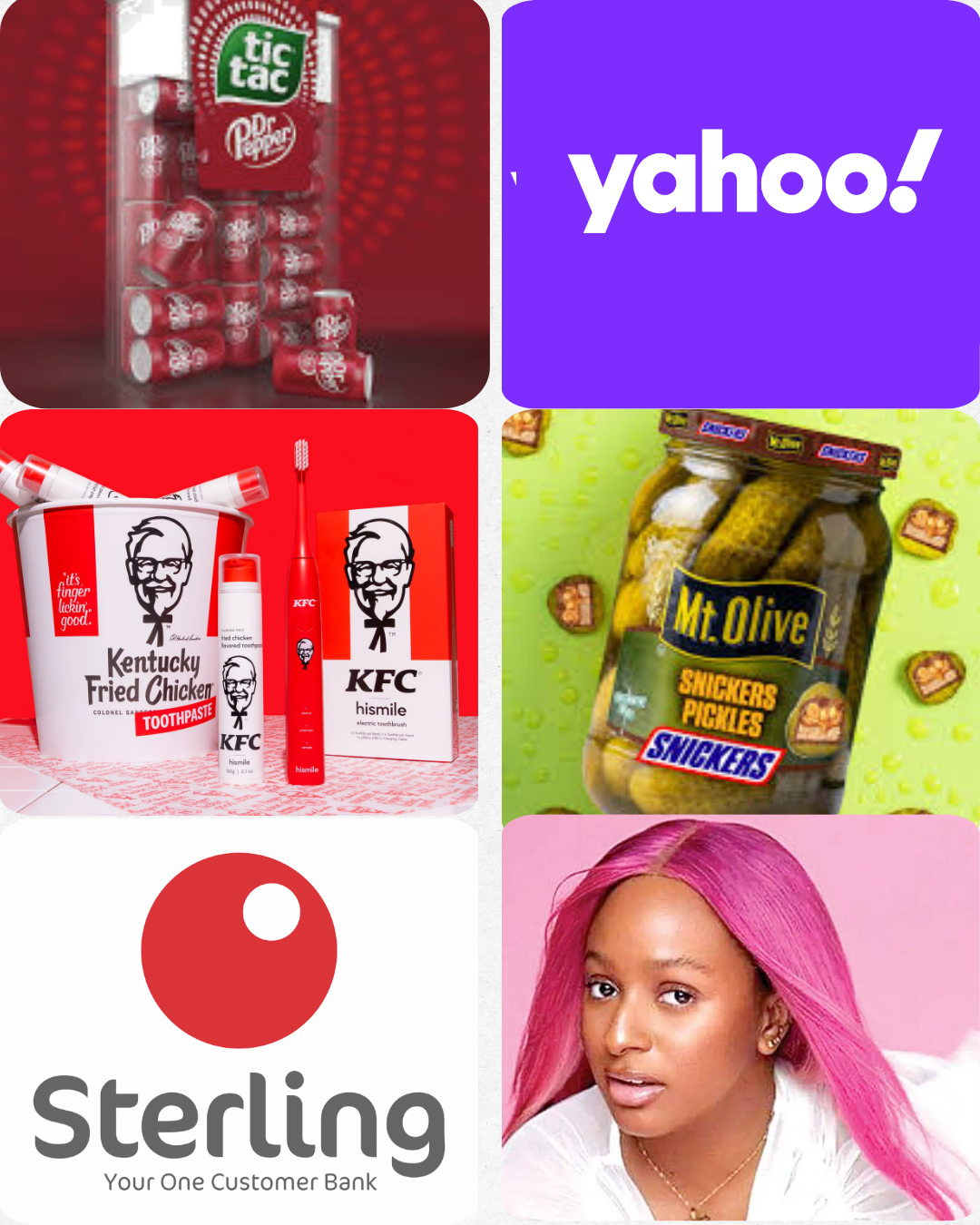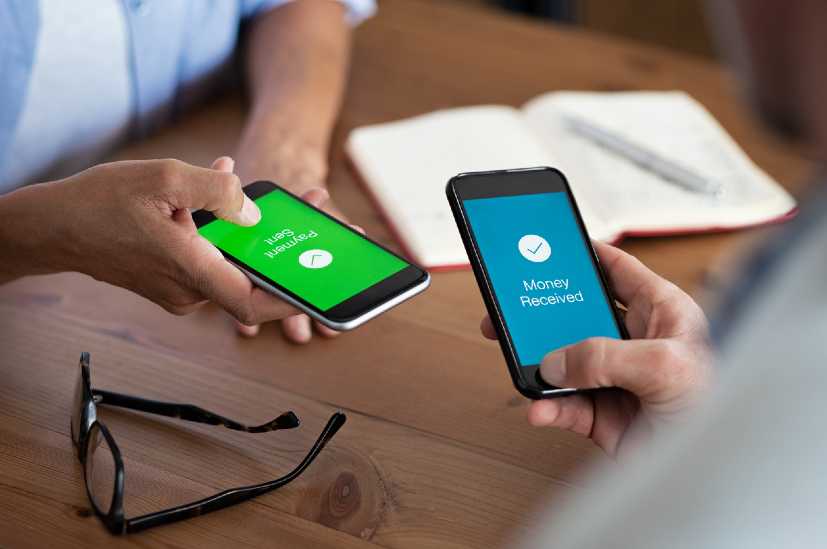By Felicia Nwosu
April Fools’ Day has transformed into a battleground for creativity, where brands compete to outdo one another with elaborate pranks that keep consumers guessing.
What started as a day for lighthearted jokes has evolved into a marketing spectacle, with companies blurring the lines between fiction and reality to spark engagement, generate buzz, and even test consumer interest in new products.
From outrageous collaborations to AI-generated personas and unexpected corporate decisions, this year’s April Fools’ stunts have once again demonstrated the power of humor in brand storytelling
April Fools’ Day has evolved into a major marketing spectacle, with brands leveraging the occasion to engage consumers through playful pranks and unexpected collaborations.
This year saw companies across various industries unveiling outrageous products and announcements, while igniting conversations across digital platforms.
Dr. Pepper and Tic Tac teamed up to introduce Dr. Pepper-flavored breath mints, combining the distinct taste of the soda with the convenience of a Tic Tac.
Yahoo sparked curiosity by showcasing a grass-covered keyboard, an eco-friendly twist on tech gadgets.
Meanwhile, KFC and Hismile turned a former prank into reality with a fried chicken-flavored toothpaste inspired by KFC’s 11 herbs and spices, proving that consumer interest in novelty products can drive actual production.
Snickers joined the trend with the introduction of Snickers Pickles, a fusion of sweet and savory that had many wondering if it was a joke or an upcoming flavor experiment.
The banking sector was not left out, as Sterling Bank in Nigeria declared an end to bank transfer fees, a move many assumed to be an April Fools’ joke.
However, the bank later confirmed that it was indeed a real policy shift, setting itself apart in the financial industry with a bold stance on customer-friendly banking.
This sparked widespread discussion on social media, as users debated the feasibility and potential impact of the decision. In the digital space.
On the human angle, Nigerian DJ Cuppy took a creative approach to the day by introducing her AI-generated Christian husband, ElijahGPT, describing how the artificial partner leads Bible studies, sends daily devotionals, and even tithes digitally.
Her post resonated with many, sparking humor and curiosity about AI’s evolving role in personal interactions.
Brands continue to use April Fools’ Day as an opportunity to showcase creativity, boost engagement, and enhance their public image.
The most successful campaigns often generate high levels of interaction, making companies appear more relatable and culturally in tune.
While some pranks remain purely for entertainment, others serve as testing grounds for potential products, gauging consumer interest before actual production. However, the strategy has its downsides, as excessive or misleading pranks can create consumer distrust, cause unintended controversy, or lead to confusion about genuine company announcements.
As brands refine their April Fools’ strategies, the key to success lies in balancing humor with credibility. Experts advised that effective campaigns should align with brand values, respect audience sensitivities, and consider the possibility of turning well-received pranks into real offerings.
With each passing year, April Fools’ Day continues to push the boundaries of brand storytelling, proving that in the world of marketing, even the most absurd ideas can spark meaningful engagement.








Comment
No comments found.